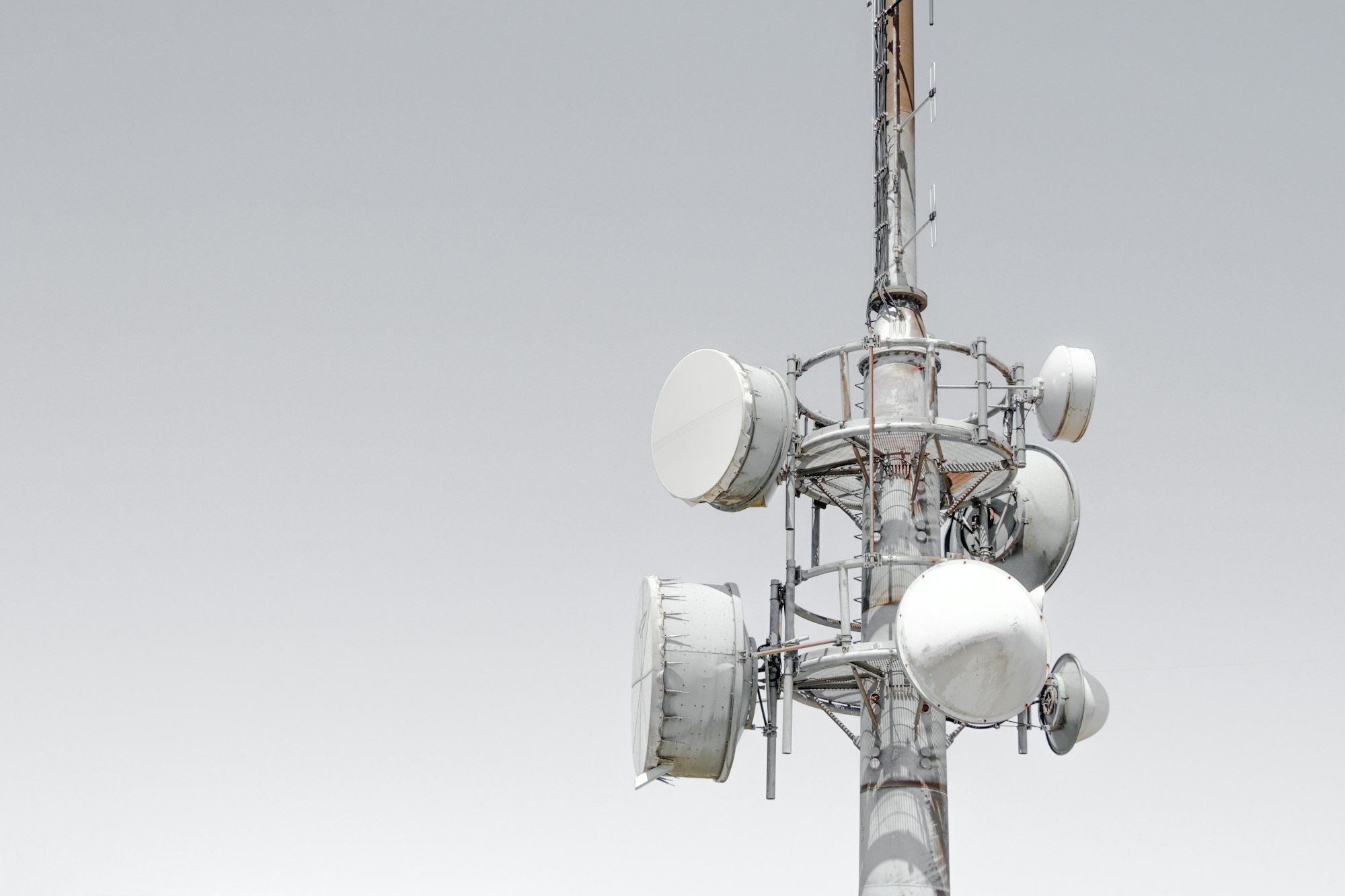Now that Hurricane Florence has come and gone and disaster recovery is underway, what are governments doing to prepare for the inevitable next disaster? As important as that, what are you and your business doing to be ready? In recognition of ‘National Preparedness Month’, why don’t we all ensure we’re ready for the next disaster?
Here in the U.S., some have taken a head start. Over the past twelve months, per calendar day, there have been an average of 1.9 bid requests / RFPs, submitted by local, state, and federal agencies with the keyword “disaster” in the bid title.
As we all know by now, effective communication is paramount before, during, and after these events. Over the same time period, there have been 164 requests for solutions related specifically to “mass notification” systems.

RELATED CONTENT
Hurricane Harvey. Recovery Ahead for Our State.
Mass Notification and NG911 System Industry Grows with Boost from Public Sector
Developing a Business Continuity Plan after Disaster Strikes is Too Late. Public Sector Agrees.
How do Communities Prepare for Tornadoes, Weather, and Storms?
Mass Notification and Alert Systems Experiencing Dramatic Growth in Public Sector
It’s important to understand, there have also been a myriad of relevant, specific solicitations for other pertinent software, services, and solutions. Emergency resources, storm materials, alert and NG911 systems, business continuity solutions, the list is seemingly endless.
BEFORE
After you have invested in the resources needed to prepare for a disaster, what comes next? Act! It’s one thing to educate yourself and deliberate on what needs to be done, but you have to actually follow through. The U.S. Chamber of Commerce Foundation has a very serviceable checklist to help you get started.
If a disaster befalls your area during the workday, you are responsible for ensuring your employees, customers, etc., are safe. Do you have a plan in place and has that plan been communicated to everyone in your organization?
As FEMA notes on their website, “Businesses and their staff face a variety of hazards” and continues, “There is much that a business leader can do to prepare his or her organization for the most likely hazards. The Ready Business program helps business leaders make a preparedness plan to get ready for these hazards.” See FEMA’s broad list of resources to aid you in preparing for any specific disaster.

COMMUNICATION
In the United States, we have always been better at disaster recovery than preparation. In recent years, there has been a push for better pre-event coordination and communication. What impact has this emphasis had on the mass notification industry? Just this week, Future Market Insights published a press release, ‘Mass Notification Systems Market is estimated to reach value more than US$ 11 Bn by 2027 end’.
‘Mass notification’ may still be a new term for some. So, what exactly is a mass notification system? TechTarget has a really good description, “A mass notification system (MNS) is a platform that sends one-way messages to inform employees and the public of an emergency.
Organizations best served by a mass notification system include fire and police departments; emergency management organizations; federal, state and local governments; cities and communities; building owners and building management companies; and businesses that can justify its need and investment. Such systems can improve the safety and security of an organization by providing alerts and real-time instruction during a crisis.”
Prompt, effective communication is needed before, during, and after a disaster. Is everyone in your organization aware of their responsibilities, as it pertains to receiving and sharing important information?
Here’s one example of a public sector entity ensuring they have the infrastructure in place to be able to communicate with their constituents and others, ‘Chatham rolls out new emergency notification system’
RELATED BIDS/RFPs
We all know the old quote, “Failing to prepare is preparing to fail.” When it comes to disaster preparedness and recovery, the stakes are even more dire.
For more information on associated bid requests / RFPs, and the bid documents, contact us at 888.808.5356 or visit BidPrime.

